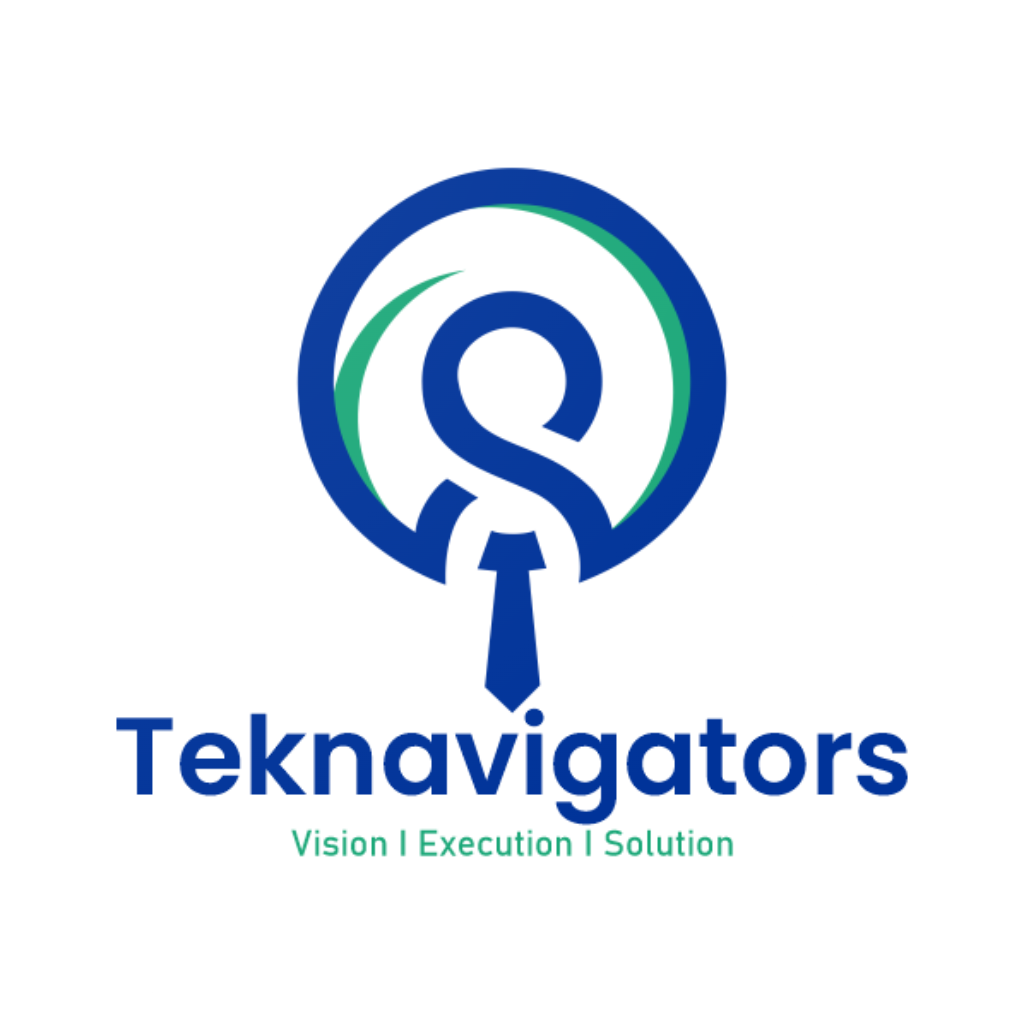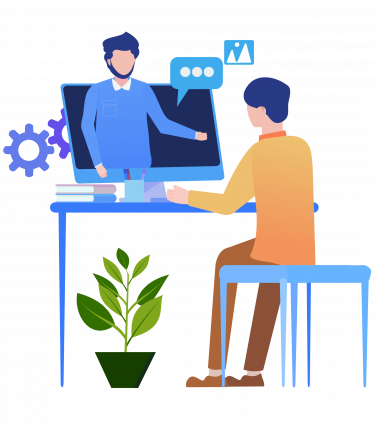Core JAVA + Android
TekNavigators, the best training institute for Android App Development

TekNavigators Lucknow gives continuous and situation centered android training in lucknow .Our Android training class incorporates fundamental to cutting edge level and our android certification course is intended to get the arrangement in great MNC organizations in Lucknow as fast as once you complete the Android accreditation instructional class. Our Android application engineers are profoundly capable and working experts with hands on constant various Android projects information. TekNavigators , best training institute in lucknow provides all solutions for Android problems. We have planned our Android course satisfied and prospectus in light of understudies necessity to accomplish everybody’s vocation objective. In our android preparing program, you will learn Android Architecture, Android SDK, Setup of Android Development climate, Apps essentials, User Interface, Data Storage, Media API, android constant undertaking and Android OS and applications Development arrangement preparing. We just give preparing from the best Android Training Institutes in Lucknow.
Java Language, OOPS, Programming
- Introduction to Java and OOPS
- Java Tokens- Comments, Identifiers, Keywords, Separators
- Working with Java Editor Softwares – Editplus, NetBeans, Eclipse
- Packages with static imports
- Working with jar
- Modifiers – File level, Access level and Non-access level
- Datatypes, Literals, Variables, Type Conversion, Casting & Promotion
- Reading runtime values from keyboard and Properties File
- Operators and Control Statements
- Method and Types of methods
- Variable and Types of Variables
- Constructor and Types of constructors
- Block and Types of Blocks
- Declarations, Invocations and Executions
- Compiler & JVM Architecture with Reflection API
- Static Members and their execution control flow
- Non-Static Members and their execution control flow
- Final Variables and their rules
- Classes and Types of classes
- OOPS- Fundamentals, Models, Relations and Principles
- Coupling and Cohesion (MVC and LCRP Architectures)
- Types of objects & Garbage Collection
- Arrays and Var-arg types
- Enum and Annotation
- Design Patterns
Java API and Project
- API and API Documentation
- Fundamental Classes – Object, Class, System, Runtime
- String Handling
- Exception Handling and Assertions
- Multithreading with JVM Architecture
- IO Streams (File IO)
- Networking (Socket Programming)
- Wrapper Classes with Auto boxing and unboxing
- Collections with Generics
- Java 5, 6, 7, 8 new features
- Inner classes
- AWT, Swings, Applet
- Regular Expressions
- Formatting date, time (java.text package)
Introduction to Android
- Overview of Android
- Java Editions and comparison with Android
- Android Apps – Design, Vendor, Behavioral Classification
Android Architecture Overview
- Android Architecture
- Application Frameworks
- Android Libraries, Run time, Dalvik Virtual Machine
Setup of Android Development Environment
- System Requirements
- Java, Eclipse and Android SDK Installation
- Android SDK andTools
- Android Virtual Devices & Device Definitions
Your Android Application
- Android Application Design
- Using PhotoShop for Graphic Designing
- Android Application Wireframes (screens)
Your First Android Application
- Creating Android Application
- Creating Configurations
- Testing the app: AVD, Active Device
- Android Project Structure and Manifest file
Publishing to the Play Store
- Release process and Release build of Android Application
- Signing the .apk file
- Preparing the Store Listing page
- Content Rating
- Distributing the Application
- Merchant Registration for Paid Applications
ACTIVITIES - BEST TRAINING INSTITUTE
- About XML – approach to design layouts
- Views and Layouts
- View properties
- Linear Layout vs. Relative Layout vs. Frame Layout vs. Absolute Layout
- Localization of UI
- Best practices for targeting various form factors: phone, tablet, TV
- Best practices when working designing Android UI
Android Testing
- Creating a Test Project for Android project
- Working with Test Packages
- Writing test cases
Fragments
- Designing fragments
- Fragments life cycle
- Fragment management and integration
User Interfaces
- Creating the Activity
- XML versus Java UI
- Selection Widgets, Using fonts
- Common UI components
- Handling UI events: a bit about listeners
Advanced UI
- Adapters
- Complex UI components
- Menus and Dialogs
- Tabbed Activities
- Navigation Drawer
- Animations
- Create activity layouts programmatically
- Testing and optimizing UI
Android Material Design
- What is material ?
- Material properties and Styling / Animations
- Material Patterns
Resources
- Overview of Android Resources
- Creating Resources
- Using Resources
- Drawable Resources
- Animation Resources
Broadcast Receivers
- Broadcast receiver usage patterns: when and why to use them
- Implementing a broadcast receiver
- Registering a broadcast receiver via the manifest file and Programmatically
Background Services
- Overview of Android services
- Service lifecycle
- Declaring a service
- Registering a service
- Starting and stopping a service
- Threads and other concurrency considerations with services
- Bound versus unbound services
- Remote versus local services
Intents
- Working with Intents
- Explicit and implicit intents
- Using Intents as messaging objects
- Intents to start components expecting results
Storing and Retrieving Data
- Storage Model selection criteria
- Shared preferences
- Internal Storage – Files
- External Storage – SD Card
- Testing the created files, tools
SQLite Database
- Introducing SQLite
- SQLiteOpenHelper and creating a database
- Opening and closing a database
- Working with cursors
- Inserts, updates, and deletes
Native Content Providers
- Content provider types
- Searching for content
- Adding, changing, and removing content
- Native Android Content Providers
- Accessing Contact Book, Calendar
Custom Content Providers
- Custom Content Provider classes
- Publishing content providers
Web Services
- Understanding Web Services
- Web Services Architecture
- Building Server side components
- Publishing web services
- REST based web services
- Accessing Web Services
- Integrating Web Services with mobile client
- Overview of networking
- Checking the network status and web service status
- Working with HTTP to access the web services
Parsing, Parsers
- Document Object Model ( DOM )
- Simple API for XML ( SAX )
- JavaScript Object Notation ( JSON )
- Parsing XML and JSON
Location Based Services
- Using Location Manager, Location Provider
- GPS and Network based tracking
- Testing the application using KML files
- Simulation of the locations on the active device
- Location Listeners and Proximity Alerts
Integrating Google Maps
- API Version 2 of Google Maps
- User Interface – MapFragments
- API key generation
- Registrations in the manifest file
- Google Map, Camera Positions
- Adding Markers, Circles, Polylines
- Google Maps Directions API
Telephony
- Telephony background
- Accessing telephony information
- Monitoring data activity and connectivity
- Working with messaging SMS
Multimedia in Android
- Playing Audio & Video
- Recording Audio & Video
- Customizing Camera & Capturing Photos
- Voice Recognition
- Text To Speech
Bluetooth
- Controlling local Bluetooth device
- Discovering and bonding with Bluetooth devices
- Managing Bluetooth connections
- Communicating with Bluetooth
Social Networking Integrations
Facebook Integration
















